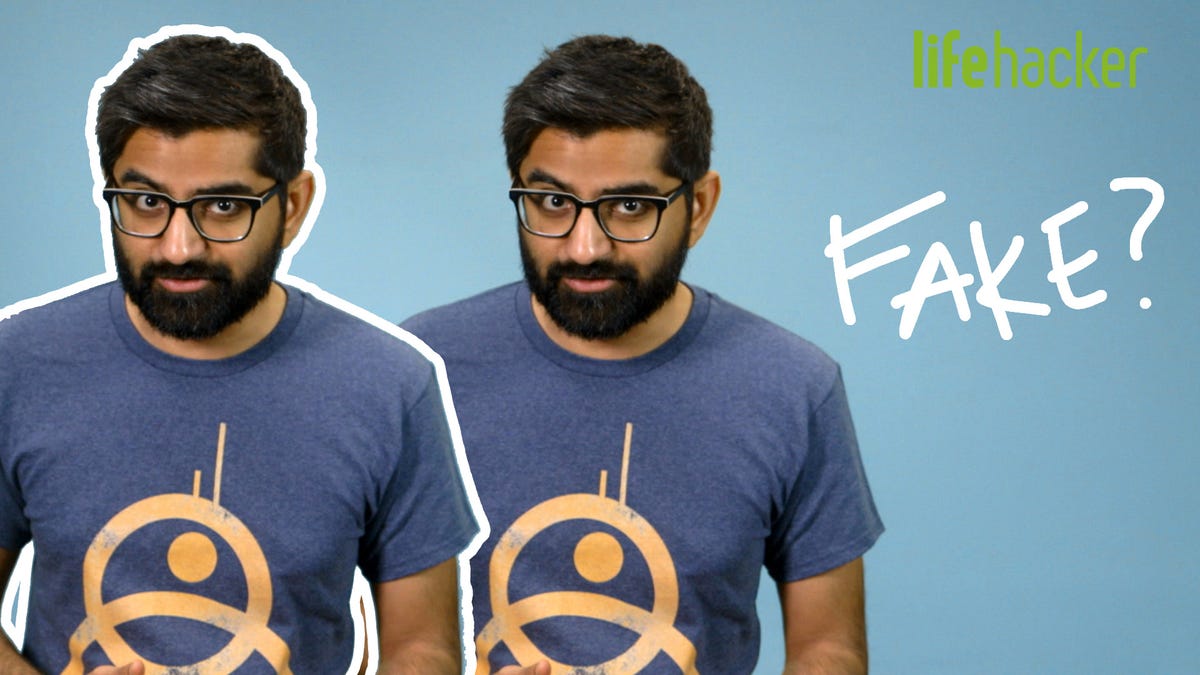Can You Spot a Deepfake? Here's What to Look For - 2 minutes read
 Can You Spot a Deepfake? Here's What to Look For
Can You Spot a Deepfake? Here's What to Look ForCould you spot a fake video created by artificial intelligence? In the video above, I share some telltale signs that a video has been altered with deepfake technology.
A “deepfake” is any piece of digital content that’s been manipulated with artificial intelligence. The most common example is videos and GIFs, but the technology can be used to create false audio or images too.
It’s still early days for this technology, so it can be pretty obvious when a video has been doctored. Look closely and you’ll often spot discoloration or incorrect lighting on faces. The edges of the face are usually blurry and misaligned, and lip-syncing can be off too.
But as deepfake technology advances and becomes more accessible, so does the potential for abuse. Buzzfeed famously created a deepfake video of President Obama, matching his words and face to that of Jordan Peele (who famously played Obama on the sketch comedy show Key & Peele). Imagine this technology being used by bad actors to spread misinformation. The possibilities are terrifying.
These fears have led some companies and states to preemptively ban deepfake technology. Microsoft and Facebook have even teamed up with the Partnership on AI coalition to launch a contest to encourage research on technology that can detect deepfake content accurately and reliably. For now, no such tool exists on the mass market.
So for the time being, we’ll all just have to keep zooming in on lips to figure out if what we’re watching is even real.
Source: Lifehacker.com
Powered by NewsAPI.org
Keywords:
Artificial intelligence • Technology • Artificial intelligence • GIF • Lip sync • BuzzFeed • Barack Obama • Jordan Peele • Sketch comedy • Key & Peele • Microsoft • Facebook • Partnership on AI •